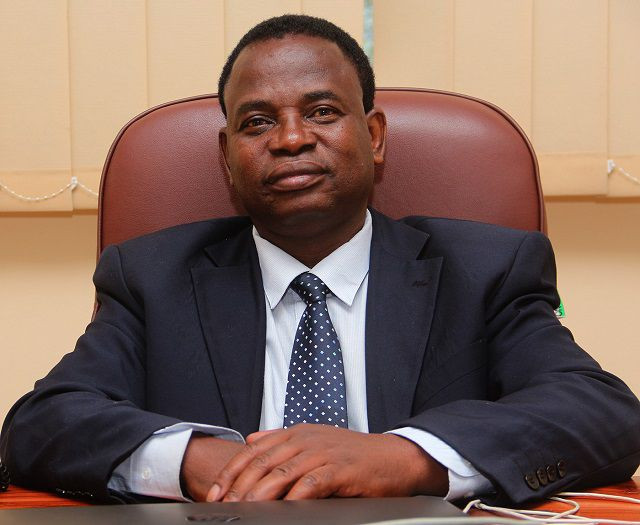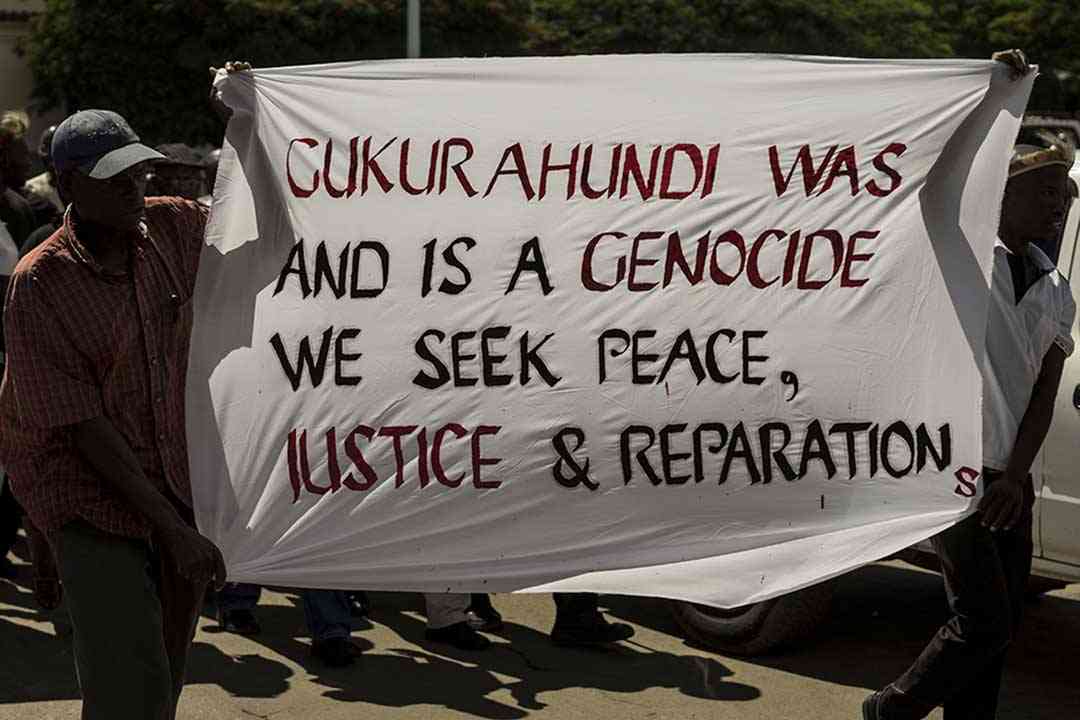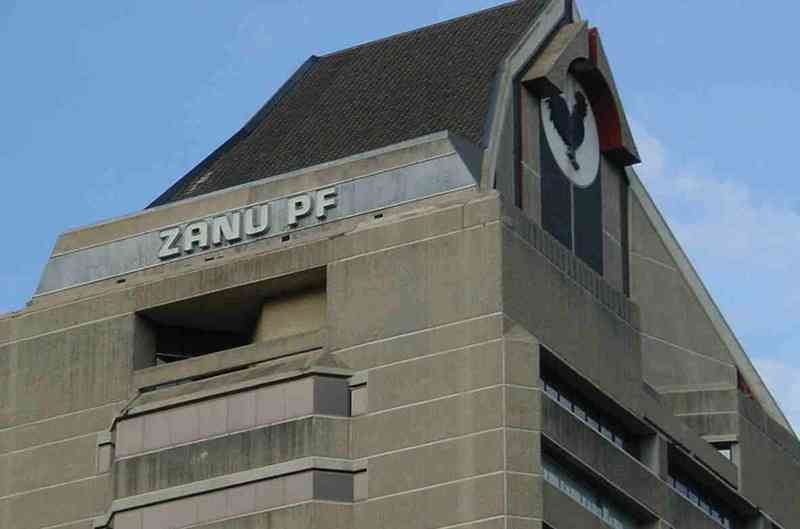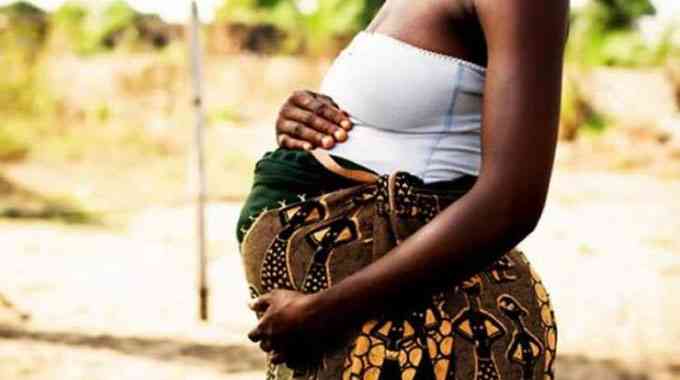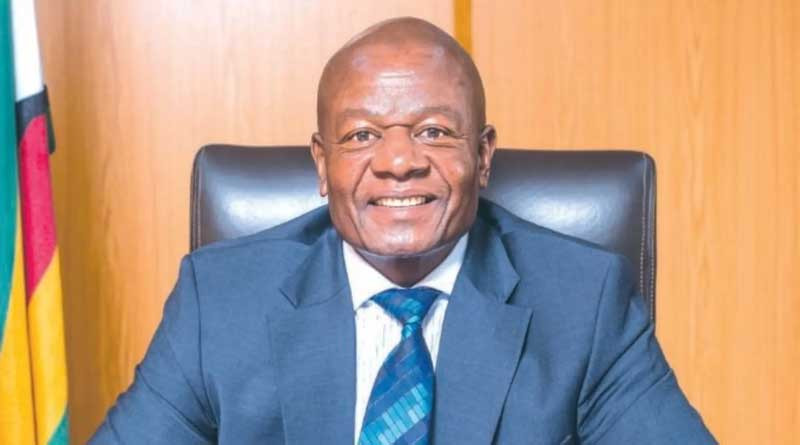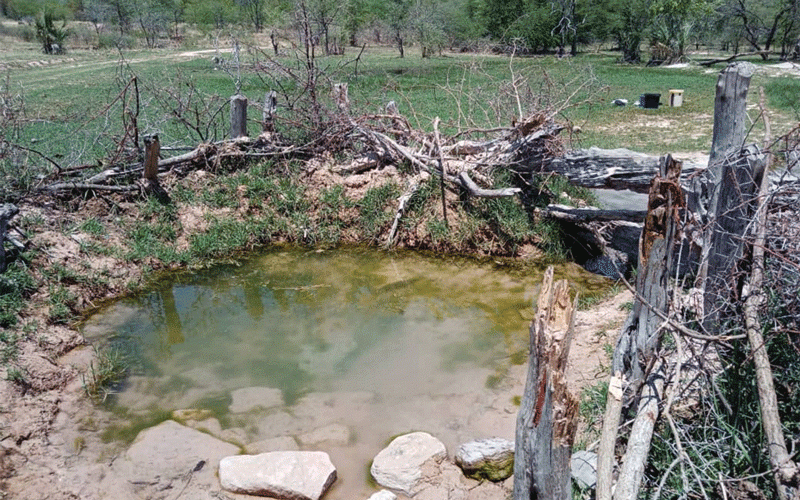
EDITH Chamunorwa (62) of ward 1 in Mhondoro-Mubaira, Mashonaland West province, has endured years of walking long distances everyday in search of water for domestic use, either cooking or other family needs.
She is among several women and girls from headman Zvenyika’s area, under Chief Nherere, who risk being attacked by wild animals in the bushes in their desperate search for the precious liquid.
“We get water from unprotected sources and when the rainy season is over, we fight for water with both domestic and wild animals in Dzivarechembere River,” she said.
“We are lucky to survive this long without suffering from waterborne diseases.
“Water challenges are part of our daily routine around here.”
Access to safe water remains a challenge in both rural and urban areas.
According to data from the Zimbabwe Livelihoods Assessment Committee (ZimLAC), 81% of rural people have access to improved water sources.
About half of the households have access to safe water less than 500 metres from home.
- Mavhunga puts DeMbare into Chibuku quarterfinals
- Bulls to charge into Zimbabwe gold stocks
- Ndiraya concerned as goals dry up
- Letters: How solar power is transforming African farms
Keep Reading
Urbanisation has contributed to the water scarcity challenge in Zimbabwe.
The country’s urban population has been growing rapidly, with over 32% of the population living in urban areas.
The rapid urbanisation has led to an increase in water demand, straining limited water resources and infrastructure.
Population growth has outpaced the supply of water and half the world’s population experiences severe water scarcity at least once a month.
Globally, at least two billion people (26% of the population) lack safe drinking water, while 3,6 billion (46%) lack access to safely managed sanitation, according to the United Nations World Water Development report of 2023.
Mashonaland West Proportional Representation MP Mutsa Murombedzi said the growing water crisis was affecting millions of Zimbabweans.
“It is deeply concerning that a significant percentage of our people rely on unsafe water sources, exposing them to waterborne diseases,” Murombedzi said in Parliament, calling on authorities to take measures to ensure access to clean water for all.
On March 22, Zimbabwe joined the rest of the world in commemorating World Water Day amid calls for making access to safe and clean water a reality.
“Women and children, especially in remote areas, are the most affected, walking long distances to fetch water often at great personal risk,” Murombedzi said.
“This is unacceptable in a country that has the capacity to invest in sustainable water solutions.”
The legislator said water scarcity was projected to increase with the rise of global temperatures as a result of climate change and called for urgent measures to beat the water crisis.
“Poor water management, lack of infrastructure and inadequate investment in water harvesting solutions have further exacerbated the situation,” she said.
“Let us implement aggressive water conservation policies, including rain water harvesting and sustainable groundwater management, support climate adaptation strategies that safeguard our water resources and enhance community resilience.”
The Combined Harare Residents Association (CHRA) echoed similar sentiments.
“Harare city remains water insecure with proposed solutions to the water crisis not addressing critical issues impacting our fresh water habitats,” the organisation said.
“Our freshwater habitats in Harare, which are wetlands, lakes, rivers and dams, are under threat from pollution, degradation and destruction.”
CHRA added that it was worrying that those with the responsibility of addressing the water crisis in the capital continued to underplay the role of the natural infrastructure in water service provision.
“The alarming water pollution levels at Lake Chivero has seen Harare city increasing water tariffs and introducing a mandatory ‘special water levy’ on water consumers connected to municipal water supplies in order to sustain the astronomical water purification costs hovering around US$3 million,” CHRA said.
“While wetlands recharge our rivers and streams with fresh water, the level of destruction of these water sources in the full glare of both the government and the City of Harare is shocking and disturbing.”
Zimbabwe National Water Authority (Zinwa) head for corporate communication and marketing Marjory Munyonga said the water utility was constructing 10 dams nationally to address water challenges.
“Zinwa is the lead agency in the execution of the presidential rural development, where a borehole is to be drilled in each of the country’s 35 000 villages, 9 600 schools and 4 500 youth centres,” Munyonga said.
“These boreholes form the anchor component for villages, schools and youth business units and will go a long way in ensuring access to safe potable water by rural communities.
“In this regard, 3 626 boreholes have been drilled, providing access to water to over 100 000 households while 460 villages, schools and youth business units have been successfully established.”

